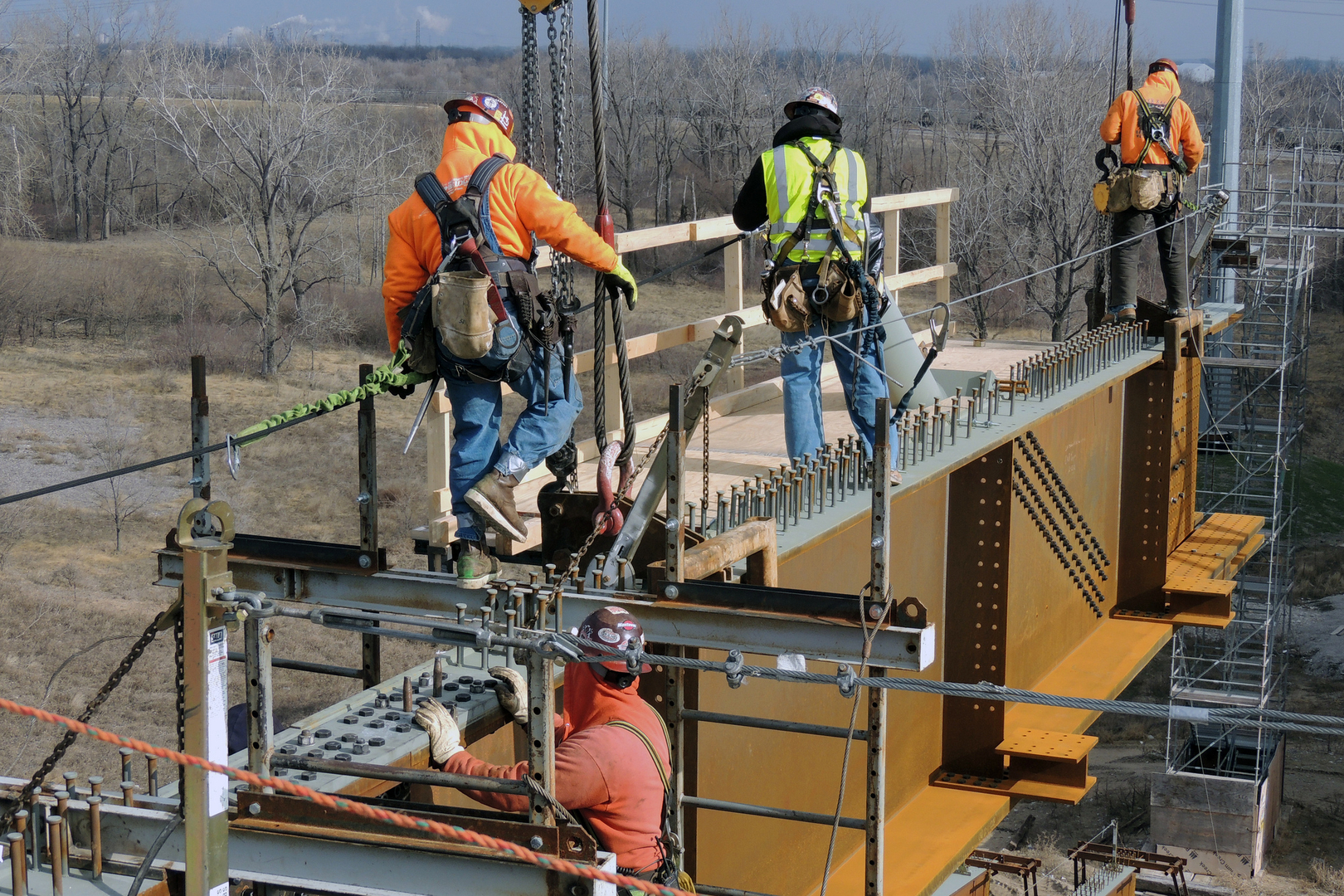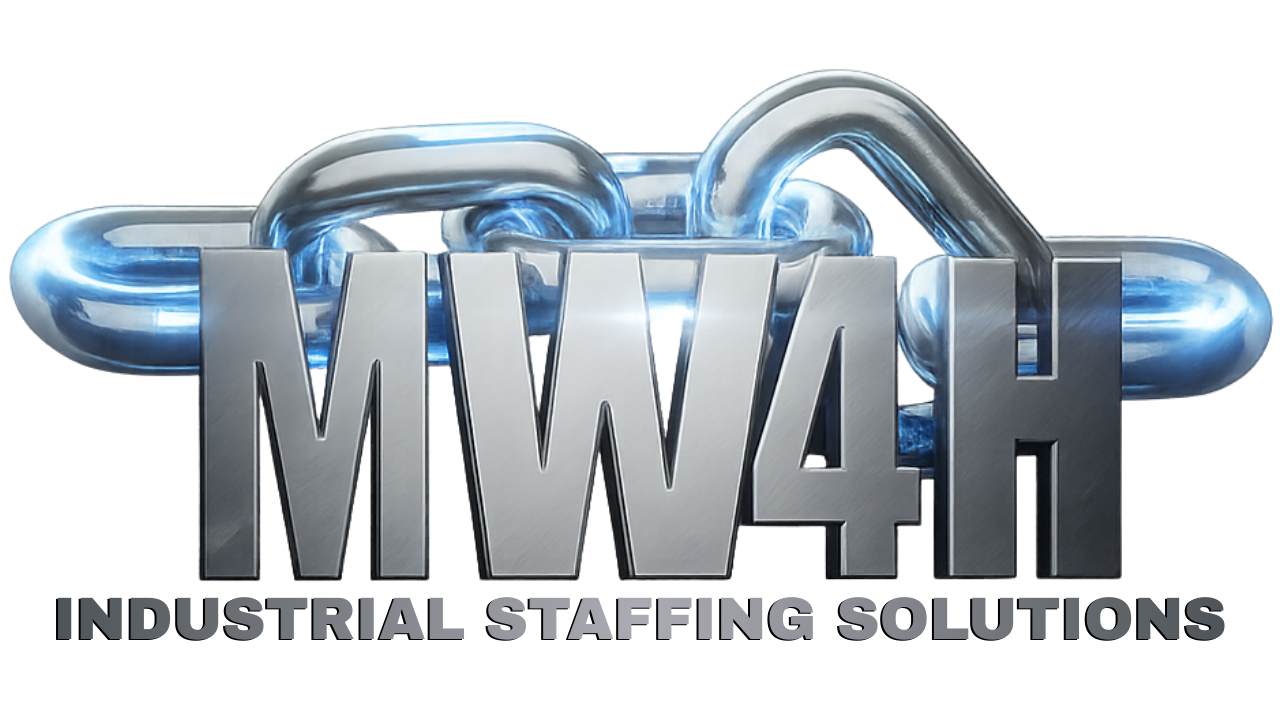



Safety training in high-risk industries such as mining, construction, and heavy manufacturing is crucial to ensure the well-being of employees and the efficiency of operations. Here are insights into effective safety training techniques that can help mitigate risks and promote a culture of safety at work.
Understanding Industry Risks
Each industry has unique risks associated with its operations. For instance, mining is prone to cave-ins and gas explosions, while construction faces hazards related to heights and heavy machinery. Recognizing these risks is the first step in developing an effective safety training program. This requires a comprehensive risk assessment that identifies potential hazards and evaluates the risk they pose to the workforce.
Tailored Safety Training Programs
Once risks are identified, tailored safety training programs must be developed to address specific needs. These programs should cover:
Interactive and Engaging Training Methods
Traditional lecture-based training methods are often less effective, especially in high-risk industries where practical skills are crucial. Interactive training methods such as simulations, virtual reality (VR), and hands-on workshops can improve engagement and retention of safety practices. For example, VR can simulate hazardous situations that are too dangerous to train for in real life, allowing workers to experience potential dangers in a controlled environment.
Regular Refreshers and Continuous Learning
Safety training is not a one-time event but a continuous process. Regular refresher courses are essential to ensure that safety practices are not forgotten and to introduce new and updated regulations and technologies. These sessions can also provide feedback opportunities, allowing workers to discuss potential safety improvements.
Leadership and Safety Culture
Leadership commitment to safety influences the entire organizational culture. Leaders should actively participate in safety training sessions and demonstrate their commitment to safety through their actions and decisions. Promoting a culture where safety is prioritized and where every employee feels responsible for not only their safety but also that of their colleagues is essential.
Monitoring and Feedback
Effective safety training must be monitored and evaluated regularly. This can be achieved through safety audits, inspections, and gathering feedback from employees about the training process. Insights gained from these activities can help refine training programs and prompt necessary adjustments.
Certification and Compliance
Ensuring that all safety training programs meet industry standards and comply with legal requirements is crucial. Certifications such as OSHA for the United States or similar regulatory bodies worldwide, serve as proof that an organization adheres to high safety standards.
Conclusion
In high-risk industries, effective safety training is essential to prevent accidents and ensure a safe working environment. By understanding the specific risks associated with an industry, implementing engaging and practical training techniques, and fostering a culture of safety, organizations can significantly reduce the likelihood of workplace incidents. This commitment not only protects employees but also improves productivity and maintains the organization’s reputation in its respective industry.